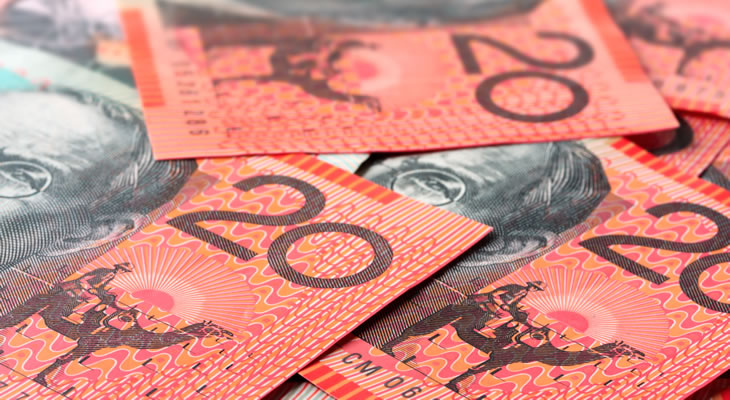While the finalised third quarter UK gross domestic product saw a surprise upward revision this failed to boost the Pound Australian Dollar exchange rate.
Even though the UK economy showed stronger growth than previously thought the underlying details of the report were not altogether positive in nature.
Particularly concerning was the news that household spending has slowed to a five-year low, reflecting the negative impact of rising inflation and stagnant wages.
This prevented the Pound from making any major gains against its rivals on Friday morning, especially as political worries continue to cast a shadow over the UK outlook.
However, with Brexit negotiations moving forward into their second phase the downside potential of GBP exchange rates has somewhat diminished in the short term.
Further progress towards a smooth transition may boost the Pound further heading into 2018, as analysts at ING noted:
‘A transition deal until at least the end of 2020 – and the partial reduction in uncertainty that this brings – would help alleviate the cliff-edge fears of UK businesses. This could see some of the cyclical pessimism over the UK economy priced out of GBP – although the semantics of a transition period matter for how forceful any positive GBP re-rating story will be.’
Thin Trade Volumes Encourage Australian Dollar Volatility
Demand for the Australian Dollar was muted in the absence of any fresh domestic data, with market risk appetite easing ahead of the Christmas break.
While the thinner trading volumes of the last week have largely benefitted the commodity-correlated ‘Aussie’ it struggled to maintain any bullishness for long.
Weaker-than-expected US data offered some support to AUD exchange rates on Thursday, with the latest jobless claims figures found to have risen further than forecast.
Investors lack particular optimism in the outlook of the Australian economy, though, as the Reserve Bank of Australia (RBA) looks set to leave interest rates on hold for the foreseeable future.
Next week’s private sector credit data may boost the GBP AUD exchange rate, if it points towards a weakening in consumer confidence.
However, given the concern that the RBA has expressed over consumer credit any easing could be enough to encourage some Australian Dollar demand.
With trade likely to remain light ahead of the New Year, though, AUD exchange rates are likely to remain fairly volatile in nature.
Current GBP AUD Interbank Exchange Rates
At the time of writing, the Pound Australian Dollar exchange rate was trending lower in the region of 1.7335. Meanwhile, the Australian Dollar Pound exchange rate was making gains around 0.5767.


Comments are closed.